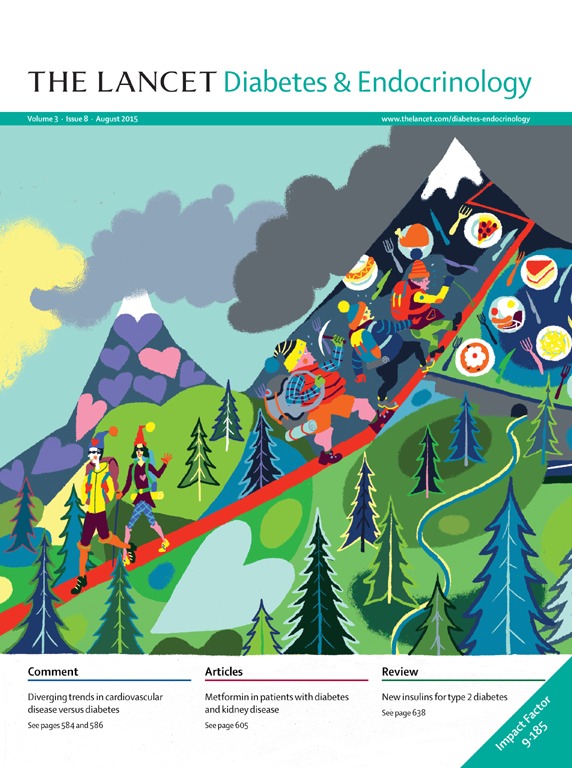Twenty five percent of obese children and 21 percent of obese adolescents tested by Yale researchers were glucose intolerant and at high risk for developing diabetes, according to an article published Thursday in the New England Journal of Medicine.
Sonia Caprio, associate professor of endocrinology and pediatrics at Yale School of Medicine and senior author of the article, said the study was in response to the epidemic of childhood obesity in the United States, along with an accompanying increase in the prevalence of type 2 diabetes among children and adolescents.
Type One diabetes is usually first diagnosed in young children. Type 2, or, adult onset diabetes, often does not manifest itself until a person is middle aged or elderly.
"Most of these children are at high risk for type 2 diabetes," Caprio said. "And, if they develop diabetes before the age of 20, they face a lifetime of being at very high risk for complications from diabetes."
A glucose tolerance test evaluates the body�s capacity to metabolize glucose, based upon the ability of the liver to absorb and store excess glucose as glycogen.
Continue Reading Below ↓↓↓
Caprio and her co-researchers looked at a multi-ethnic group of 167 severely obese children and adolescents. All underwent a two-hour oral glucose tolerance test during which glucose, insulin and C-peptide levels were measured.
The glucose intolerance was as prevalent among Caucasians as it was among African American and Hispanic children, who traditionally have higher rates of diabetes. The condition also was more prevalent among girls than boys.
Impaired glucose tolerance was detected in 25 percent of the children four to 10 years of age, and 21 percent of the adolescents 11 to 18 years of age. Silent type 2 diabetes, which means the persons are not aware they are diabetic, was identified in four of the adolescents. Two were Hispanic and two were African American. In addition, three of the children during the four-year course of the study progressed from glucose intolerance to diabetes.
Fourteen of the girls had polycystic ovary syndrome, which causes symptoms such as menstrual irregularities, hirsutism due to high androgen levels, and, over time, infertility, as well as cysts on their ovaries. The syndrome also is associated with darkening and thickening of the skin around the neck and under the arms.
Possible long term complications from diabetes include premature artherosclerosis, often affecting the legs and leading to ulcers of the feet; early coronary artery disease; kidney disorders; eye disorders, sometimes leading to blindness, and nerve problems.
Co-authors included Ranjana Sinha, M.D., Gene Fisch, Barbara Teague, R.N., William Tamborlane, M.D., Bruna Banyas, R.N., Karin Allen, R.N., Mary Savoye, Vera Rieger, M.D., Sara Taksali, Gina Barbetta, Robert Sherwin, M.D., and Sonia Caprio, M.D. The study was funded by the National Institute of Child Health and Human Development of the National Institutes of Health and the National Center for Research Resources (NCRR). The NCRR awarded grants to Yale for two General Clinical Research Centers that host adult and child studies. NCRR funding provides NIH-supported investigators with access to specialized basic and clinical research facilities, technologies, instrumentation, biomaterials, animal models, genetic stocks, and more.
Source: Yale University











